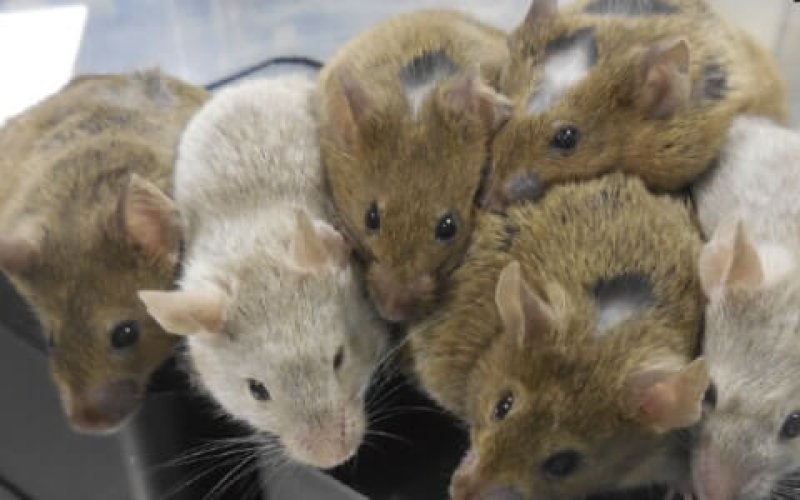Scientists in Japan proved it is possible to take tissue cells from the tail of a mouse, reprogrammed them as stem cells and then turn them into eggs in the lab.
The ‘eggs in a dish’ were then fertilized and the resulting embryos were implanted in female mice which went on to give birth to 11 healthy pups.
…
If the procedure is found to work in humans it could help more women become mothers…[I]f eggs could be made from stem cells, they would be brand new and may even produce healthier babies.
The technique could also help women who are born with fewer eggs than normal, or whose ovaries have stopped releasing eggs. Scientists say it could even help to bring back extinct animals.
Professor Katsuhiko Hayashi, of the department of developmental stem cell biology at Kyushu University, said: “This is the first time a functional egg has been produced from stem cells in culture which gives us some clue to human egg production from stem cells.[“]
The GLP aggregated and excerpted this blog/article to reflect the diversity of news, opinion, and analysis. Read full, original post: Scientists create live animals from artificial eggs in ‘remarkable’ breakthrough































